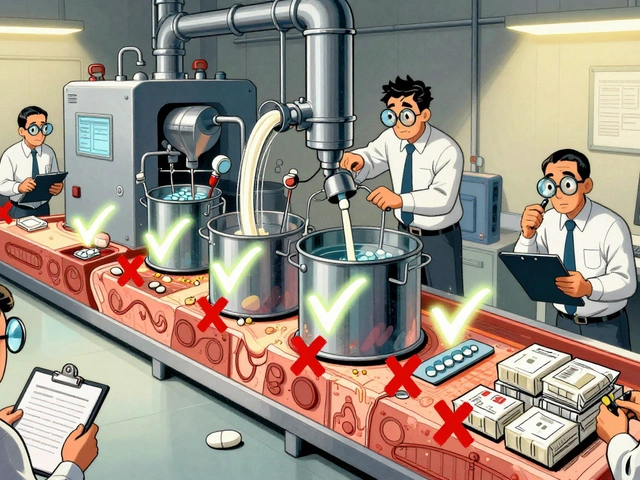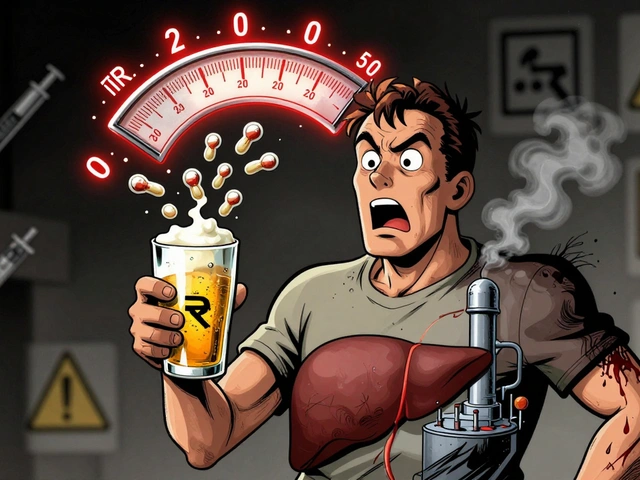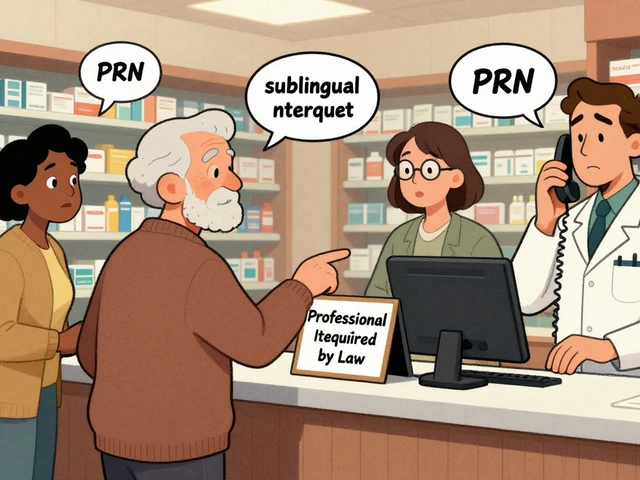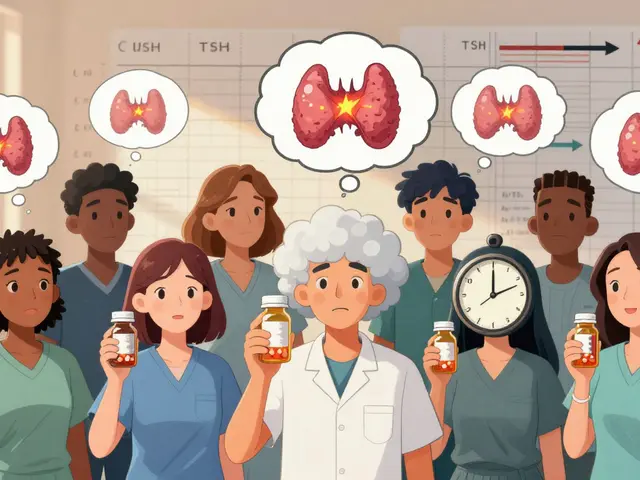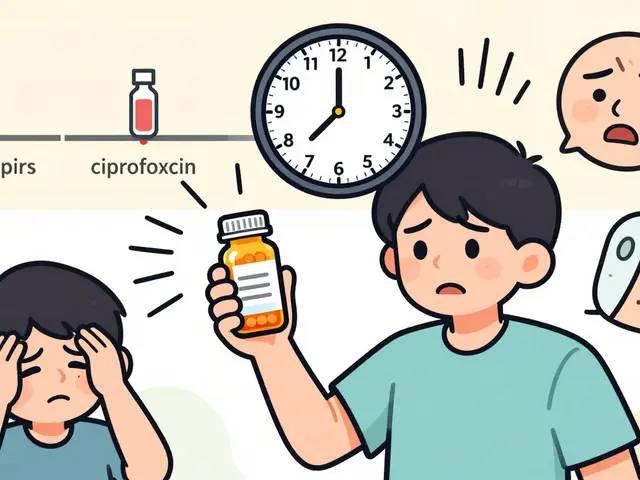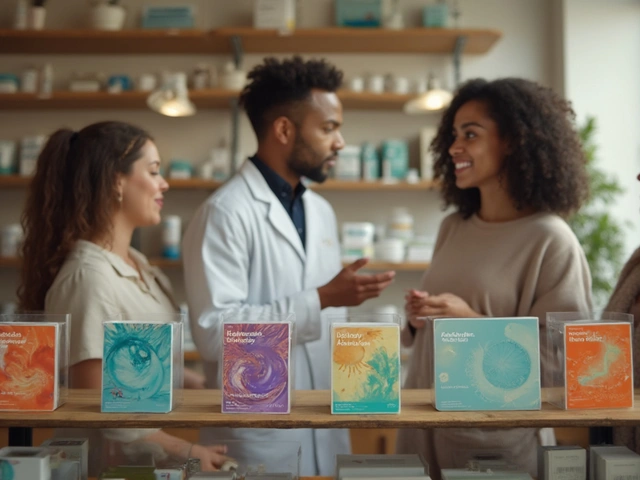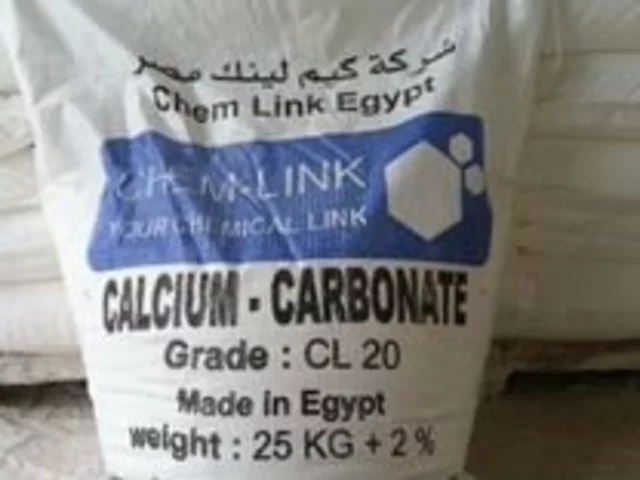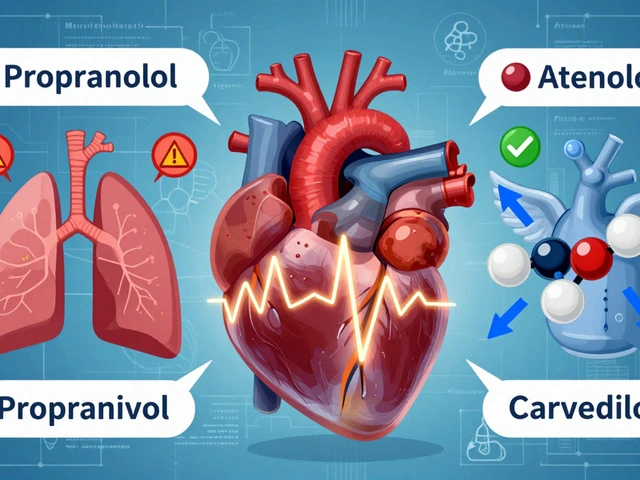Skin Cancer Guide – Risks, Signs & Prevention Tips
If you’ve ever gotten a weird spot on your arm or noticed a mole changing color, you’re not alone. Skin cancer is the most common cancer in many countries, but it’s also one of the easiest to catch early. Knowing what to look for and how to protect yourself can make all the difference.
Common Types and Warning Signs
The three main types are basal cell carcinoma, squamous cell carcinoma, and melanoma. Basal cells usually appear as pinkish bumps that bleed slowly. Squamous cells often show up as rough, scaly patches that don’t heal. Melanoma is the scary one – it tends to be dark, irregular, and may grow fast.
A quick way to spot trouble is the ABCDE rule: Asymmetry, Border irregularity, Color variation, Diameter over 6 mm, and Evolving shape or size. If any of those apply, get a dermatologist’s opinion ASAP. Even small changes matter because early treatment can keep you from surgery or more aggressive therapy.
How to Reduce Your Risk
The best defense is simple sun smart habits. Slap on broad‑spectrum SPF 30+ sunscreen every morning, even when it’s cloudy. Reapply after swimming or sweating – about every two hours works well. Wearing hats, sunglasses, and UPF clothing adds a layer of protection without feeling like a costume.
Seek shade between 10 a.m. and 4 p.m. That’s when UV rays hit hardest. If you love the beach, use an umbrella or a pop‑up tent to stay cool and covered. Remember that tanning beds are basically indoor sun – skip them if you can.
Regular skin checks are key. Do a self‑exam once a month: run your fingers over your body, look for new spots, and note any changes. Keep a photo diary of moles so you have a baseline to compare later.
If you’re at higher risk – fair skin, many freckles, family history of melanoma, or lots of sun exposure – schedule a professional exam yearly. Dermatologists can use dermoscopy to spot hidden threats that the naked eye misses.
Beyond protection, staying healthy overall helps your skin fight off damage. Eat foods rich in antioxidants like berries, leafy greens, and nuts. These nutrients support skin repair and may lower cancer risk over time.
Below you’ll find articles from our site that dive deeper into related topics – from managing skin reactions to understanding medication side effects. Each piece is written to give you clear, practical advice without medical jargon.
Take the first step today: check your skin, apply sunscreen, and stay aware of any changes. It only takes a few minutes, but it could save you a lot of trouble down the road.

